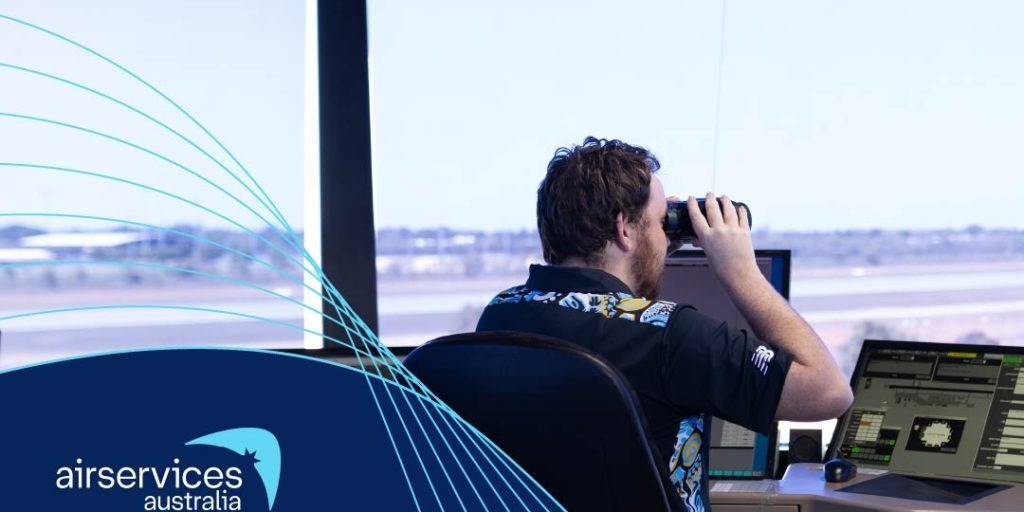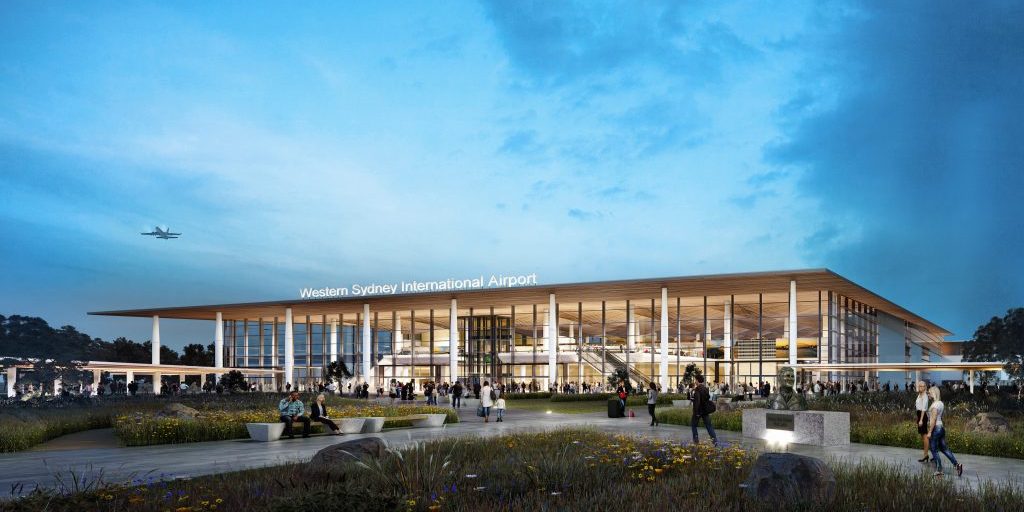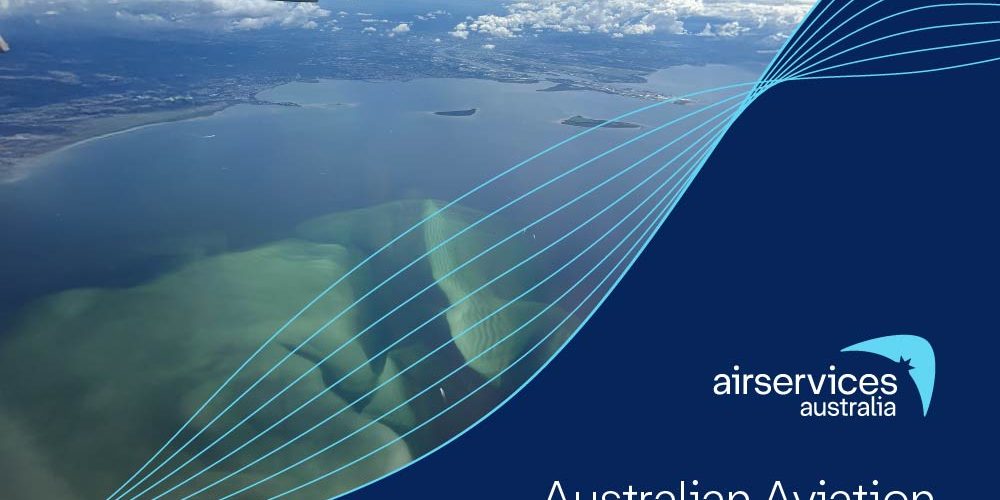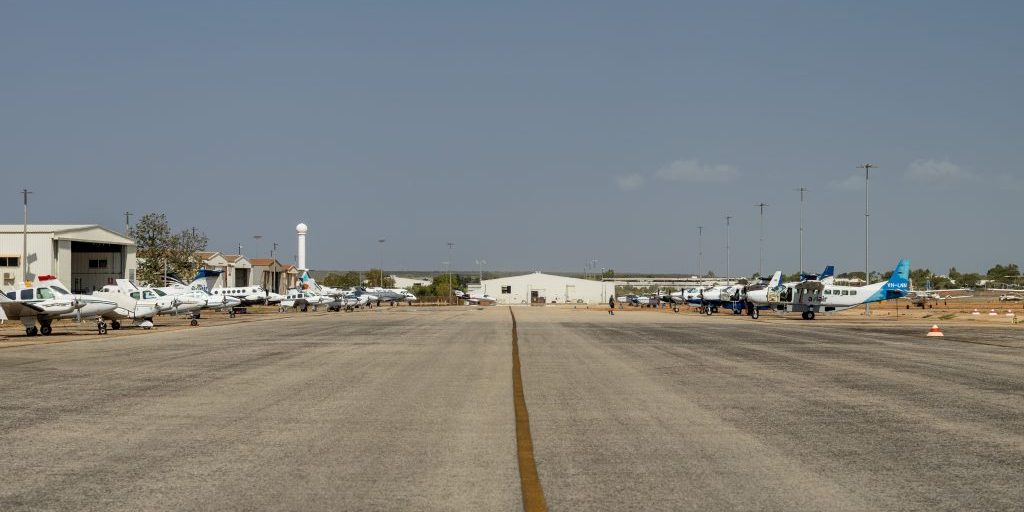Airservices acknowledges the latest report released by the Australian National Audit Office (ANAO) into the conduct of the OneSKY Tender, which concluded the tender process was appropriate for the scale, scope and risk of the project.
The OneSKY Australia Program will see Airservices and the Department of Defence deliver the most advanced and integrated air traffic control system in the world. The procurement of a joint civil military air traffic management system is a world first, and a once-in-a-generation opportunity.
The ANAO report found that the tender process promoted a healthy level of competition and that the evaluation governance processes were appropriate.
Importantly, the ANAO also found that, consistent with Airservices’ longstanding position, the tender governance arrangements were effective in guarding against the potential perceived conflict of interest issues identified in an earlier ANAO audit.
With any complex procurement of this scale and scope, there will always be some potential improvements that, with hindsight, can be identified and we acknowledge and accept these and we will incorporate them in our future operations.
Airservices notes, however, that the ANAO does not make any recommendations for improvement in its report.
Airservices is confident the tender evaluation process clearly identified the tenderer that offered the best value for money solution, at an acceptable level of risk, and having regard to all of the evaluation criteria.
While a successful tenderer has been identified, Airservices has not yet entered into a contract as we continue to negotiate to ensure that we reach the best possible commercial outcome.
OneSKY is estimated to deliver Australia over $1 billion in economic benefits over the life of the program, with a positive net present value to the civilian aviation industry of more than $300 million over the life of the system.
We look forward to progressing the implementation of Australia’s next generation civil-military air traffic management system, which is critical for the continued growth of Australia’s aviation sector.



